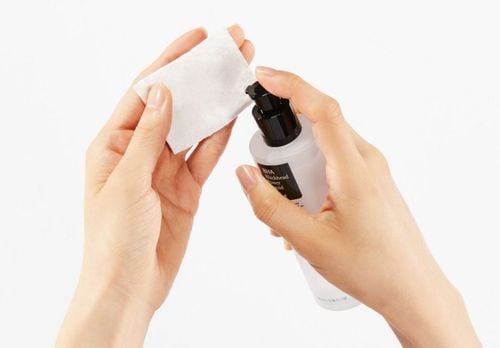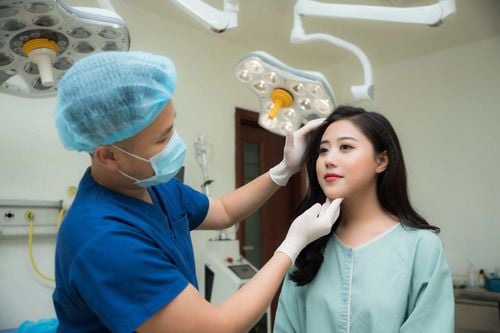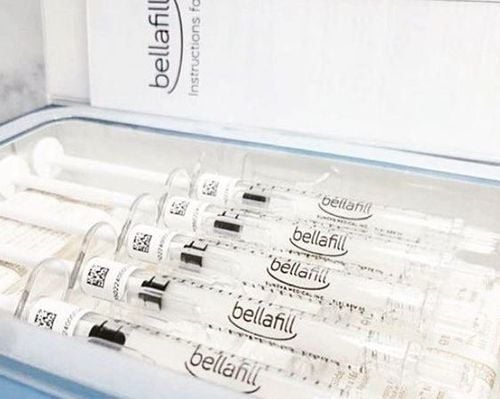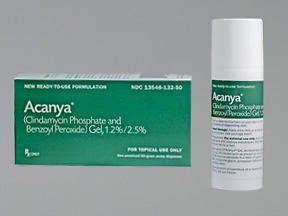This is an automatically translated article.
Skin is the largest organ in the body, with the function of covering, protecting people from agents and maintaining the internal environment of the body. The general structure of the skin consists of 3 layers: epidermis, dermis and subcutaneous tissue. However, the structure of the layers of the skin is not completely the same between the facial skin and other skin areas. Understanding the difference between facial skin and body skin, we will understand why facial care needs to be done more gently than other areas of skin.
1. The difference between facial skin and body skin in the epidermis
The epidermis is the outermost layer of the skin, the layer that we can see and touch. The epidermis plays an extremely important role, helping to prevent the penetration of foreign substances into the skin and at the same time preventing water loss of the skin. The epidermis is divided into 5 layers of cells, in order from the outside to the inside, including the stratum corneum, the stratum corneum, the granular layer, the squamous cell layer, and the basal layer. These layers are constantly growing and changing, called keratinization.
Keratinocytes make up 90% of the cells in the epidermis. New keratinocytes are born from the basal layer - the deepest layer of the epidermis, they are always generated and migrate towards the surface of the epidermis. Scattered in the basal layer are melanocytes that produce the pigment melanin, which helps protect the skin against the harmful effects of solar radiation. The epidermis contains cells of langerhans, which are important components of the immune system, helping to prevent harmful agents from entering. Merkel cells are scattered in the basal layer, responsible for touch. When we touch something, Merkel cells will send signals through the nerves and to the brain, the brain will respond causing tactile sensations such as hot, cold, hard, soft,... Keratinocytes produce keratin, self-differentiate during keratinization, when moving to the top epidermis to form corneocytes (corneal cells). Corneocytes are the major components of the stratum corneum, which are flat, dead cells that do not contain a nucleus, covered with a lipid layer. When undamaged, the stratum corneum can prevent most bacteria, viruses and other foreign substances from entering the body. Comparing the epidermis of the face and the whole body, the epidermis of the face is thinner than most of the rest of the body. The corneocytes in the facial skin are smaller in size and also have fewer layers. Facial skin has only 4-8 layers of corneocytes, while body skin usually contains 11-17 layers of corneocytes. It takes only about 1 week for keratinocytes in facial skin to move from the basal layer to the stratum corneum, while this process in other skin areas usually takes about 2 weeks.

Lớp biểu bì da mặt mỏng hơn hầu hết phần da còn lại của cơ thể
2. The difference between facial skin and body skin in the dermis
The dermis is located below the epidermis, is the thickest layer of the skin, the main component is collagen, elastic fibers and connective tissues. The dermis also contains blood vessels, sweat glands, sebaceous glands, hair follicles, and nerve endings. The important roles of the dermis include:Due to the thick structure, the dermis helps to lighten the external impact on the body when there is a collision. The component of connective tissue with fibroblasts, mast cells helps to heal wounds when damage occurs. The blood vessels in the dermis not only provide nutrition to the dermis, but also nourish the epidermis, because the epidermis has no blood vessels. Another important function of the dermis blood vessels is to regulate body temperature. When the body temperature is high, blood vessels dilate to allow more blood to flow closer to the surface of the skin to help dissipate heat. When the body temperature drops, blood vessels will constrict, reducing blood to the surface of the skin, helping to maintain body temperature. The sebaceous glands that produce oil for the surface of the skin, and the sweat glands that transport water and lactic acid to the surface of the skin are all located in the dermis. These fluids, when combined, form a hydrolipid film that protects the skin. Comparing facial dermis with body skin,
Facial dermis has more blood vessels than most other areas of the body. The dermis of the face contains a lot of sebaceous glands, about 900 glands per square centimeter of skin. While on other skin areas (except palms, feet, genital skin), sebaceous glands are scatteredly distributed. Because facial skin has many oil-secreting glands, facial skin is prone to acne. The facial skin contains very few apocrine sweat glands (sweat glands that produce odors).

Lớp hạ bì da mặt tập trung rất nhiều tuyến chất nhờn, nên dễ sinh mụn trứng cá
3. Compare the difference between facial skin and body skin in subcutaneous adipose tissue layer
Subcutaneous adipose tissue contains a layer of fat that helps insulate heat, protecting the body from heat and cold. Fat tissue also acts as a protective cushion and stores energy for the body to use during periods of calorie deficit.
There are many factors that affect the distribution of adipose tissue such as genetics, sex, diet, exercise. In women, in general, the layer of subcutaneous fat is thickest in the thighs, hips, and buttocks. While in men, the thickest layer of fat is in the abdomen and thighs. Facial skin is not an area where thick fatty tissue is concentrated in the body.
In short, it can be seen that the facial skin has a more fragile structure than the body skin. On the other hand, facial skin is also an area of skin that is often exposed to direct sunlight, wind and other harsh weather conditions, so it is more prone to dryness and skin aging. Therefore, facial skin care needs to be gentle and careful. Besides, in order to effectively take care of the skin without hurting the skin, it is necessary to choose gentle and skin-friendly cosmetics. Do not exfoliate too often, do not abuse facial cleanser products, massage machines because they can dehydrate and protect the oily layer, causing skin damage.
Please dial HOTLINE for more information or register for an appointment HERE. Download MyVinmec app to make appointments faster and to manage your bookings easily.













